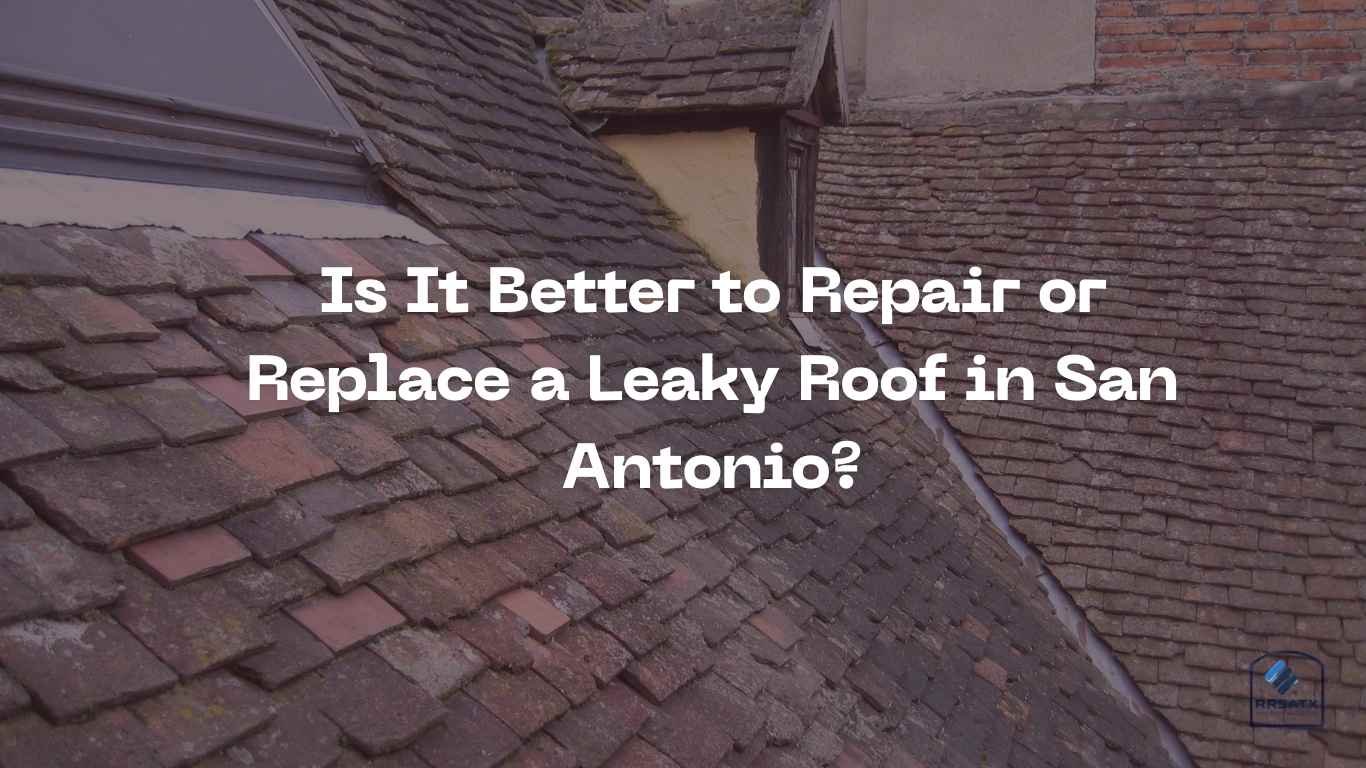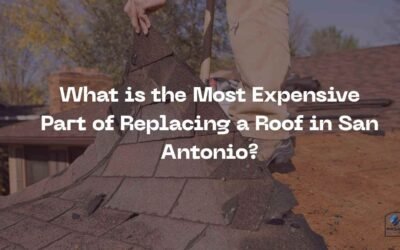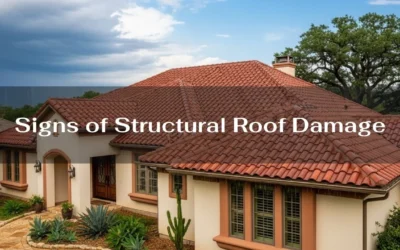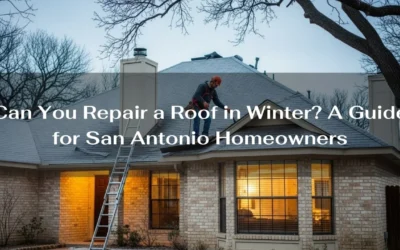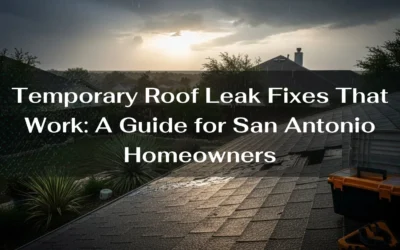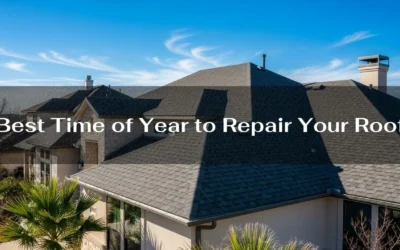A dripping sound from the ceiling is a sound no San Antonio homeowner wants to hear. A leaky roof is more than a minor annoyance; it’s a threat to your home’s structural integrity. When you discover a leak, the immediate question is: can you get by with a simple repair, or is it time for a complete replacement? The correct answer depends on several key factors, including the age of your roof, the extent of the damage, and your long-term budget.
For a small, isolated leak on a relatively new roof, a professional repair is often the most cost-effective solution. However, if your roof is nearing the end of its lifespan or has multiple leaks and widespread damage, a replacement is a much smarter investment to protect your home from the harsh Texas weather.
When to Repair Your Leaky Roof
Opting for a roof repair is an excellent choice in specific scenarios. It’s faster, less expensive upfront, and can effectively solve the problem without the significant expense of a complete replacement.
- The Roof is Young: If your roof is less than 10-15 years old and otherwise in good condition, a repair is the logical first step. Most modern roofing systems are designed to last for decades, and a single leak doesn’t mean the whole system has failed.
- Damage is Contained: Leaks caused by localized damage, such as a few missing shingles after a storm, cracked flashing around a chimney, or a damaged vent boot, are perfect candidates for repair. A professional roofer can easily isolate and fix these specific issues.
- You Have a Tight Budget: A simple repair can cost a few hundred dollars, while a full replacement is a multi-thousand-dollar project. If your budget is a primary concern, a repair can offer a reliable and immediate solution.
When to Replace Your Leaky Roof
Sometimes, a repair is like putting a bandage on a much larger problem. In these situations, investing in a complete roof replacement is the most responsible and financially sound decision for the long run.
- The Roof is Old: Asphalt shingle roofs, the most common type in San Antonio, have a typical lifespan of 20-25 years. If your roof is approaching or has surpassed this age, its materials are likely deteriorating. An old roof with a leak is often a sign of systemic failure, and more leaks are sure to follow.
- Widespread Damage: After a severe San Antonio hailstorm or high winds, your roof might have extensive damage that is too widespread for simple patches. If more than 30% of your roof is damaged, a replacement is almost always recommended. Look for widespread granule loss, multiple cracked or missing shingles, and large areas of water-damaged decking.
- Signs of Water Damage in the Attic: If you inspect your attic and find signs of moisture like damp insulation, mold growth, or daylight visible through the roof deck, the leak is likely more serious than it appears. This suggests a long-term issue that a simple patch cannot resolve.
The Deciding Factor: Get a Professional Inspection
Ultimately, the best way to decide between repair and replacement is to have your roof inspected by a qualified and trusted San Antonio roofing contractor. A professional can assess the overall health of your roofing system, identify the trustworthy source of the leak, and provide an honest recommendation based on your specific situation. They can give you a clear picture of the costs and benefits of each option, empowering you to make the best choice for your home and your wallet.
Frequently Asked Questions (FAQ)
Q: How much does a minor roof leak repair cost in San Antonio?
A: A minor roof repair in San Antonio for issues like a few missing shingles or sealing a vent can range from $250 to $750, depending on the complexity and accessibility of the damaged area.
Q: Can I patch one leak if my roof is old?
A: You can, but it’s often not recommended. On an old roof, the materials are brittle and nearing the end of their life. Fixing one spot usually puts stress on the surrounding old shingles, and another leak is likely to appear nearby soon after. It can become a costly cycle of chasing leaks.
Q: How do I know if my roof has water damage underneath the shingles?
A: Besides an active leak, look for sagging areas on your roof deck, soft or spongy spots when you (carefully) walk on the roof, and signs of moisture, mold, or dark stains on the wood in your attic.
Q: Does my homeowner’s insurance cover a roof replacement for a leak?
A: It depends on the cause of the leak. If the leak was caused by a sudden, accidental event like a hailstorm or a fallen tree, your insurance will likely cover it. However, insurance typically does not cover leaks that result from old age or lack of maintenance.

